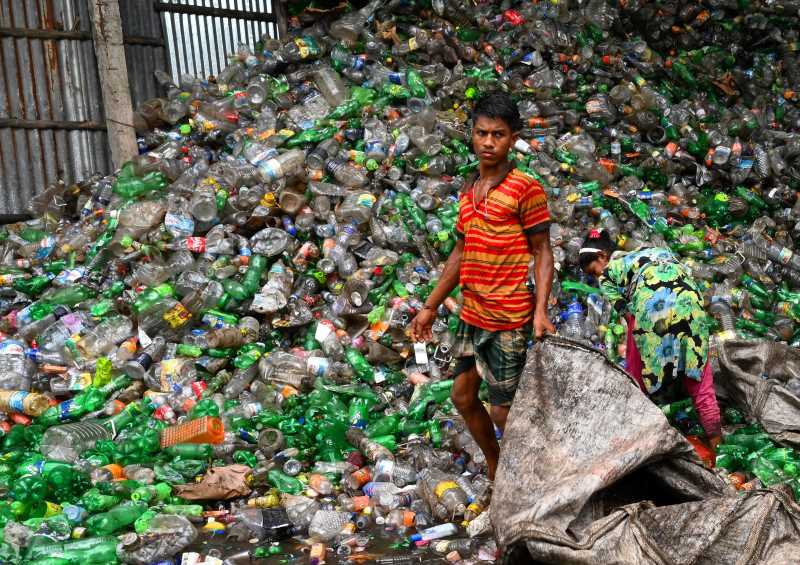How Mexico is Taking on the Evil of Child Labor
Child labor, a global crisis affecting 160 million children, demands urgent action. COVID-19 worsened the plight, hindering education and trapping kids in hazardous work. Let's unite for social justice, end child labor, and build a brighter future for every child.

The world has witnessed the devastating consequences of the HIV/AIDS pandemic, economic crises, and conflicts, which have not only deepened poverty but also led to an alarming increase in child labor. According to the United Nations Children's Fund (UNICEF), approximately 160 million children, nearly one in 10 of the global child population, are engaged in some form of work today.
Shockingly, around half of these children, approximately 79 million, are toiling in dangerous and harmful jobs, which jeopardize their physical and psychological well-being. This dire situation requires immediate attention and action from governments, organizations, and society at large to put an end to this exploitation and achieve social justice for all.




